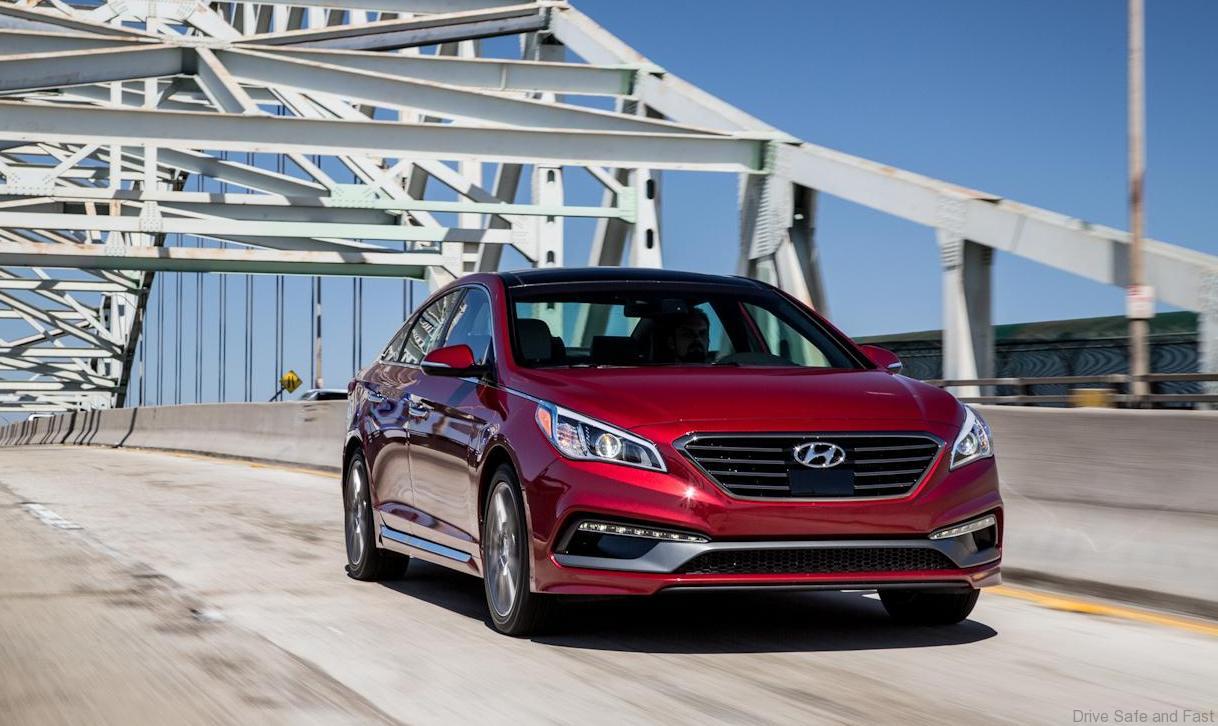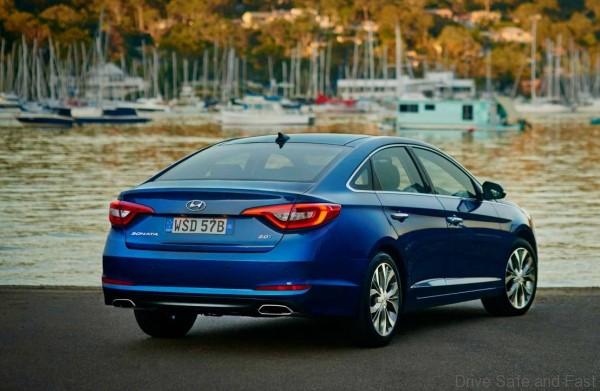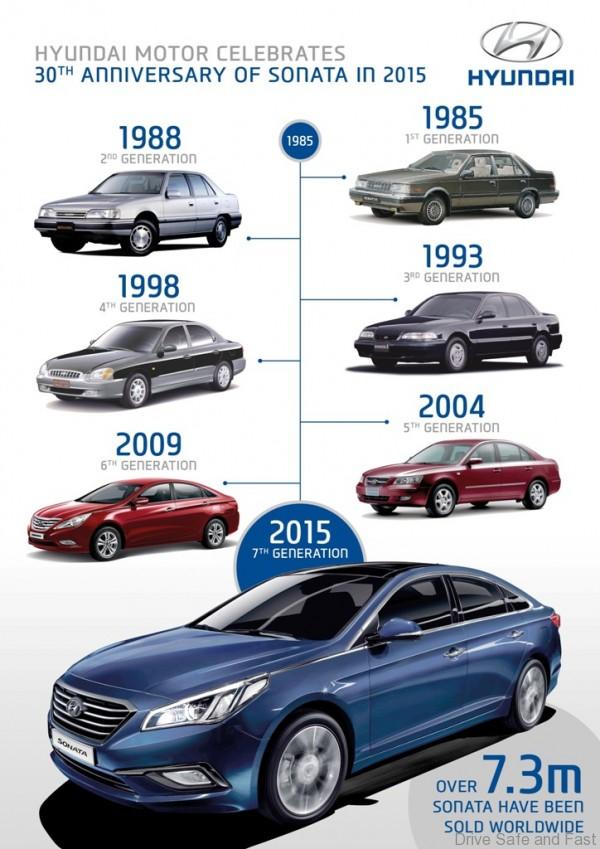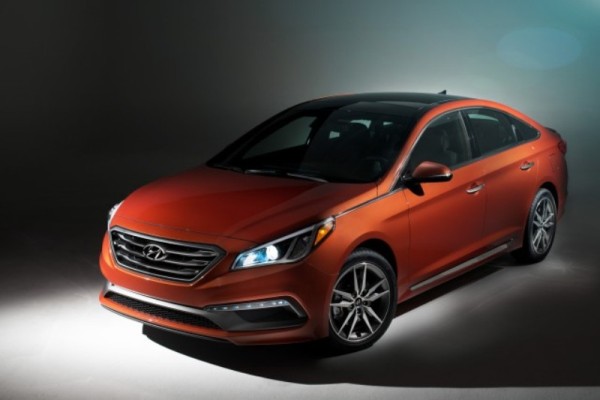Hyundai is celebrating the 30th anniversary for the iconic Sonata mid-size sedan. The Sonata made its debut in 1985 in Korea, playing a pivotal role in Hyundai’s growth and reputation. With more than 7.3 million Sonata models sold since its introduction, Sonata has become a family sedan loved by customers all around the world.
“The Sonata has been a huge factor in Hyundai’s growth not only in the U.S., but around the world,” said Dave Zuchowski, president and CEO, Hyundai Motor America. “During its 30-year history, we have been able to craft and evolve Sonata to the ever-changing needs of our customers. And, with the Sonata family growing this summer to include the all-new Sonata Plug-In Hybrid, we’re expanding an already diverse lineup with something for everyone.”
In the U.S., Sonata was introduced in 1988 and helped Hyundai grow into one of the country’s top automakers. Since then, Hyundai Motor America has sold more than 2.3 million units in the U.S., including nearly 80,000 Sonata Hybrid models since its 2011 U.S. introduction.
SONATA GENERATIONS
1st Generation Sonata (1985)
The 1st Generation Sonata was one of Hyundai’s first models designed exclusively by Hyundai’s in-house design teams. The 1st Generation started the Sonata legacy by exceeding 1 million unit sales in Korea for a single model line for the first time.
2nd Generation Sonata (1988)
Unlike the 1st Generation model, which was rear-drive, the 2nd Generation Sonata employed a front-wheel drive system for enhanced interior packaging efficiency. As Korea’s first independently-designed model, it departed from angular design language and adopted a more organic, aerodynamic design. The facelift of this generation, launched in 1991, was the first model to be badged with the newly revised Hyundai logo.
3rd Generation Sonata (1993)
The 1990s marked the acceleration of digital technologies replacing traditional analog technologies. The 3rd Generation Sonata leveraged this consumer trend, enjoying robust sales due to many advanced features, including automatic side mirrors and anti-lock braking system (ABS) technologies.
4th Generation Sonata (1998)
The 4th Generation Sonata, launched in 1998, was the best-selling model in Korea from February 1999 to August 2000. This generation was sold in Europe and was equipped with an in-house developed engine and a Hyundai Intelligent Vehicle Electronic Control (HIVEC) transmission. It was also the highest scoring mid-size sedan in the 2004 J.D. Power Initial Quality Survey in the U.S.
5th Generation Sonata (2004)
The 5th Generation Sonata was designed to be a world-class mid-size sedan as a fundamental development target. This generation of Sonata adopted a European design theme, offering premium character and road presence. Equipped with significantly advanced features and a top-ranked safety rating, the 5th Generation Sonata received near universal praise from automotive media and customers alike.
6th Generation Sonata (2009)
The 6th Generation Sonata was one of the first Hyundai models to employ the industry-leading Fluidic Sculpture design philosophy. Its bold and compelling design, powerful, efficient engine and solid performance created a new sensation in mid-size sedan markets throughout the world with record sales, solidifying Sonata in the minds of consumers as one of the Hyundai’s most recognizable models. In addition, the Sonata Hybrid model was introduced globally on the Sonata platform in 2010.
7th Generation Sonata (2014)
The latest 7th Generation Sonata has further refined and balanced the convention-shattering version of Hyundai’s Fluidic Sculpture design philosophy, raising the bar for the mid-size sedan segment in both design and performance. Further, the all-new Sonata expanded its powertrain offerings with two additional eco-friendly models, including the Sonata Hybrid unveiled in 2014, and the first Sonata Plug-In Hybrid model, introduced at the North American International Auto Show in Detroit in 2015.







